US Navy SERE Instructors are volunteers from various rates across the Navy.
To apply, contact Shore Special Programs at (901) 874-3872 or DSN 882-3872.
US Navy SERE Instructors are volunteers from various rates across the Navy.
To apply, contact Shore Special Programs at (901) 874-3872 or DSN 882-3872.
Rheinmetall proudly announces the release of the Mission Master XT, the latest member of its successful Mission Master family of Autonomous Unmanned Ground Vehicles (A-UGVs). Unlike the Mission Master SP platform, which is already introduced to the market, the Mission Master XT has a diesel-powered engine. Responding to a new set of needs, the Rheinmetall Mission Master XT is highly mobile even in the toughest terrain and capable of carrying impressive payloads. The Mission Master XT was developed by Rheinmetall Canada.
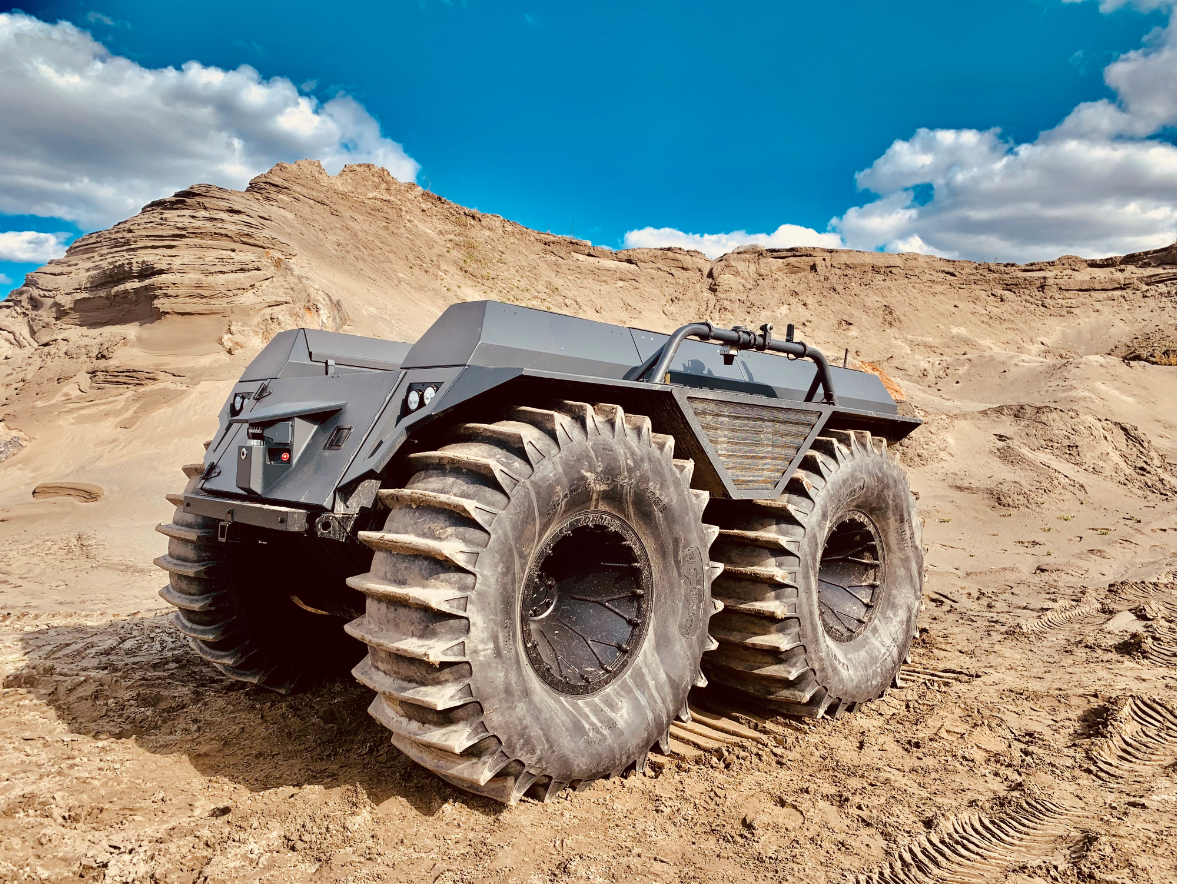
A true companion when the going gets tough
The Rheinmetall Mission Master XT thrives in extreme terrain. It easily tackles ice, snow, and sub-zero weather conditions, as well as sandy, rocky and mountainous topography. Its advanced amphibious capabilities allow it to float and swim while maintaining its full payload capacity. Weighing in at 2217 kg, this powerful A-UGV can carry a 1000 kg payload in all scenarios, allowing troops to transport special equipment to hard-to-reach locations. The diesel-powered engine allows it to travel 750 km without refuelling, while lithium-ion batteries enable up to 6 hours of silent watch operations.
Another remarkable feature of the Rheinmetall Mission Master XT is its continuous tire inflation system, which adjusts the tire pressure as needed based on the terrain. Featuring high endurance and survivability, the A-UGV keeps moving on even with 2 cm-holes in the tires.
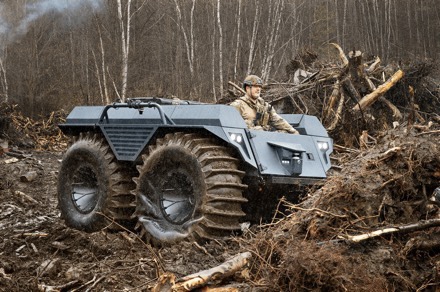
Autonomous, intelligent and easy to control
Like the other platforms in the Rheinmetall Mission Master family, the Mission Master XT is optimized to take on dull, dirty and dangerous tasks, allowing soldiers to focus on their core missions more effectively and in greater safety. It is driven by Rheinmetall PATH, a proven autonomy kit (A-kit) that enables a wide range of autonomous driving and navigation capabilities.
The Mission Master family is fully compatible with NATO-standard battle management systems and can be controlled through a variety of teleoperation options. “The most multifunctional of these is a smart tablet developed by Rheinmetall, which allows the operator to control any Mission Master platform and payload through a single interface, a first for the market”, explains Alain Tremblay, Vice-President of Business Development and Innovation at Rheinmetall Canada. “For instance, users can monitor camera feeds or direct a weapon station, then quickly program the platform to navigate itself autonomously to a desired location, all from the same device”, adds Mr Tremblay.
If necessary, this robust, tried-and-tested mechanical platform can operate in manned configuration, with an integrated joystick and emergency seat.
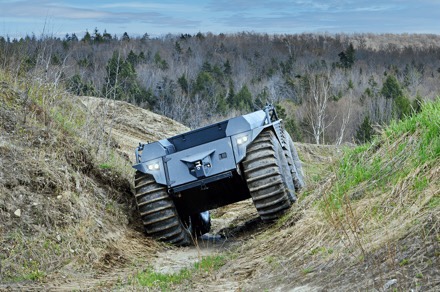
Multi-mission capabilities
Thanks to its modularity, the Rheinmetall Mission Master XT can take on multiple missions in any situation. The scope of activities the A-UGV can conduct includes logistic transport, surveillance, fire support, rescue, medical evacuation, CBRN detection, communication relay and a multitude of other client-specific requirements. Rheinmetall is committed to maximum operational safety at all times, keeping a human in the loop in all kinetic operations.
A powerful component of Joint All Domain Operations
As enemy capabilities become increasingly advanced, the ability to quickly leverage large amounts of data in order to make informed decisions in the field is more critical than ever. Foreseeable force deployments are likely to take the form of multinational Joint All Domain Operations (JADO) that encompass every dimension of the modern battlefield: land, air, sea, cyber and information space as well as outer space.
Just like the other members of Rheinmetall’s Mission Master family the new Mission Master XT features a unique NATO standard battle management system (BMS) integrated into every platform. This allows each system to process large amount of tactical data. The Mission Master XT thus becomes an integral member of the tactical combat team able to share and exchange information from its vehicle and module sensors to improve the team’s common operating picture. The BMS also uses information in the network from other contributors to improve its own situational awareness with regard to terrain as well as the location of friendly and enemy forces. The built-in BMS allows many Mission Master platforms to operate as an UGV team when carrying out standard military missions in direct support of troops on the ground.
Finally, the Mission Master XT will also benefit from the systematic integration of new artificial intelligence applications, allowing it to evolve and continue contributing to successful outcomes in the complex JADO battlespace of tomorrow.
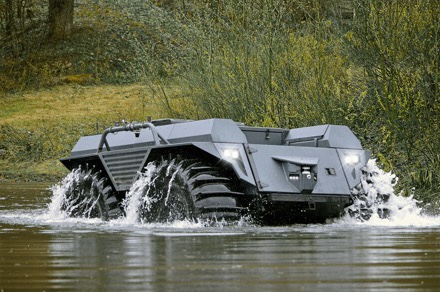
Renaming of the existing Mission Master
To make room for the newcomers in the Mission Master family, the existing Mission Master platform now becomes the Rheinmetall Mission Master SP. Named for its role as “silent partner”, the Mission Master SP remains an invaluable asset for dismounted troops in a wide range of missions, including high-risk situations.
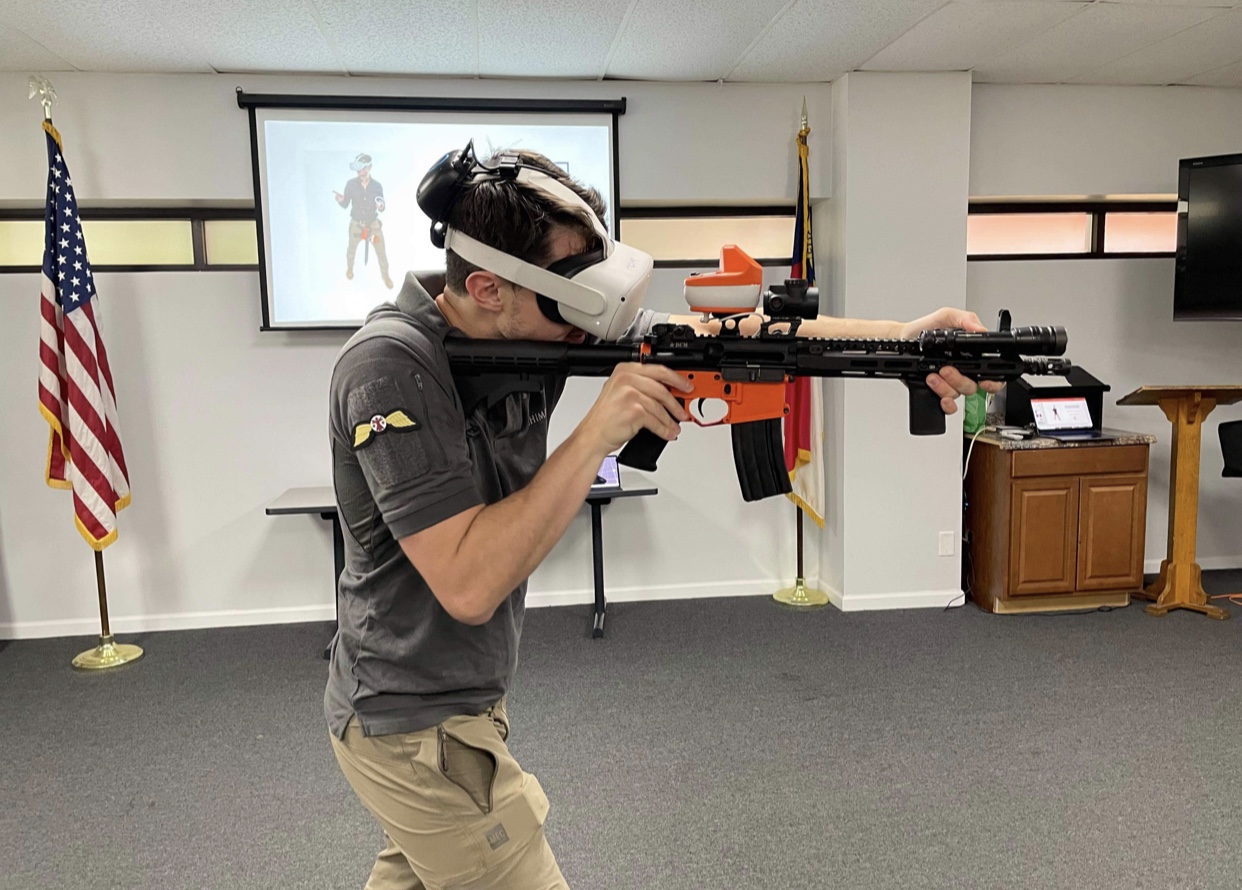
ChimeraXR Training sported a set of wings during a recent demo in NC. If you haven’t seen their VR technology, you’ve got to check it out.

IRVINE, CA (June 18, 2021) – 5.11, Inc., the world’s leading innovator of purpose-built apparel, footwear and gear, today announced it has renewed its partnership with Spartan, the world’s leading endurance sports and extreme wellness brand, as the official “Tactical Gear Partner” of US Spartan events and a host to Spartan Workout Tour events at 5.11 retail stores across the United States.
As an Official Sponsor of Spartan events in 2021, select 5.11 retail locations across the U.S. will host the Spartan Workout Tour beginning early this summer. The Spartan Workout Tour is a 90-minute bodyweight session that challenges the mind while training and sculpting the body. Spartan coaches cater to all levels of fitness, prompting everyone to get involved. Upon completion of the challenging and rewarding workouts, participants will receive commemorative Spartan Workout Tour t-shirts, 5.11 special event discounts, as well as participation in raffle opportunities for 5.11 and Spartan prizes.
The first 5.11 location to host the Spartan Workout Tour will be the 5.11 store in Commerce, California on Saturday, June 19, followed by Rockville, MD on July 17, and Nashville, TN on August 7. The Spartan Workout Tour series will finalize with a stop at the 5.11 store in Atlanta, GA on Saturday, August 28.
The partnership brings together two brands with strong roots in supporting fitness and training enthusiasts from all walks of life, from beginners and professional competitors to servicemen, servicewomen and civilians.
“Partnering with Spartan is a natural fit, and we are excited to work together again in serving the obstacle race community,” said 5.11’s Chief Marketing Officer, Debra Radcliff. “Just as the 5.11 mindset is to Always Be Ready, the Spartan community trains to build and maintain capable bodies and minds. Together, we will help participants push themselves throughout the training and competing process.”
In addition to the Workout Tour events, 5.11 will also have a physical presence at the Spartan Race Honor Series, Spartan Games, Workout Tour U.S., and Spartan World Championship offering on-site activations ranging from giveaways and special offers to demos and guest appearances.
“The Spartan community has come to trust and value 5.11’s gear and everything the brand stands for,” said Spartan’s Vice President of Global Partnerships Ian Lawson. “The two brands share the same values for fitness, wellness and grit, as well as a commitment to honoring servicemen and women and we’re excited to renew and expand our partnership for the 2021 season.”
“This is a great opportunity for our stores to serve their communities and promote personal health.” Radcliff stated. “Whether you’re training for a Spartan race or just looking to kickstart your fitness regime, we encourage anyone to attend.”
To learn more, or to register for a Spartan Workout Tour session, visit www.race.spartan.com/en/workout-tours.
For more information on 5.11, please visit www.511Tactical.com. For the latest on 5.11’s activations, follow @511Tactical. For more information and to sign up for a Spartan event near you, visit Spartan.com.
During Blade Show, CRKT Knives showed off their new 6-Bit Driver Tool which was designed by Joe Wu of Mountain View, California.
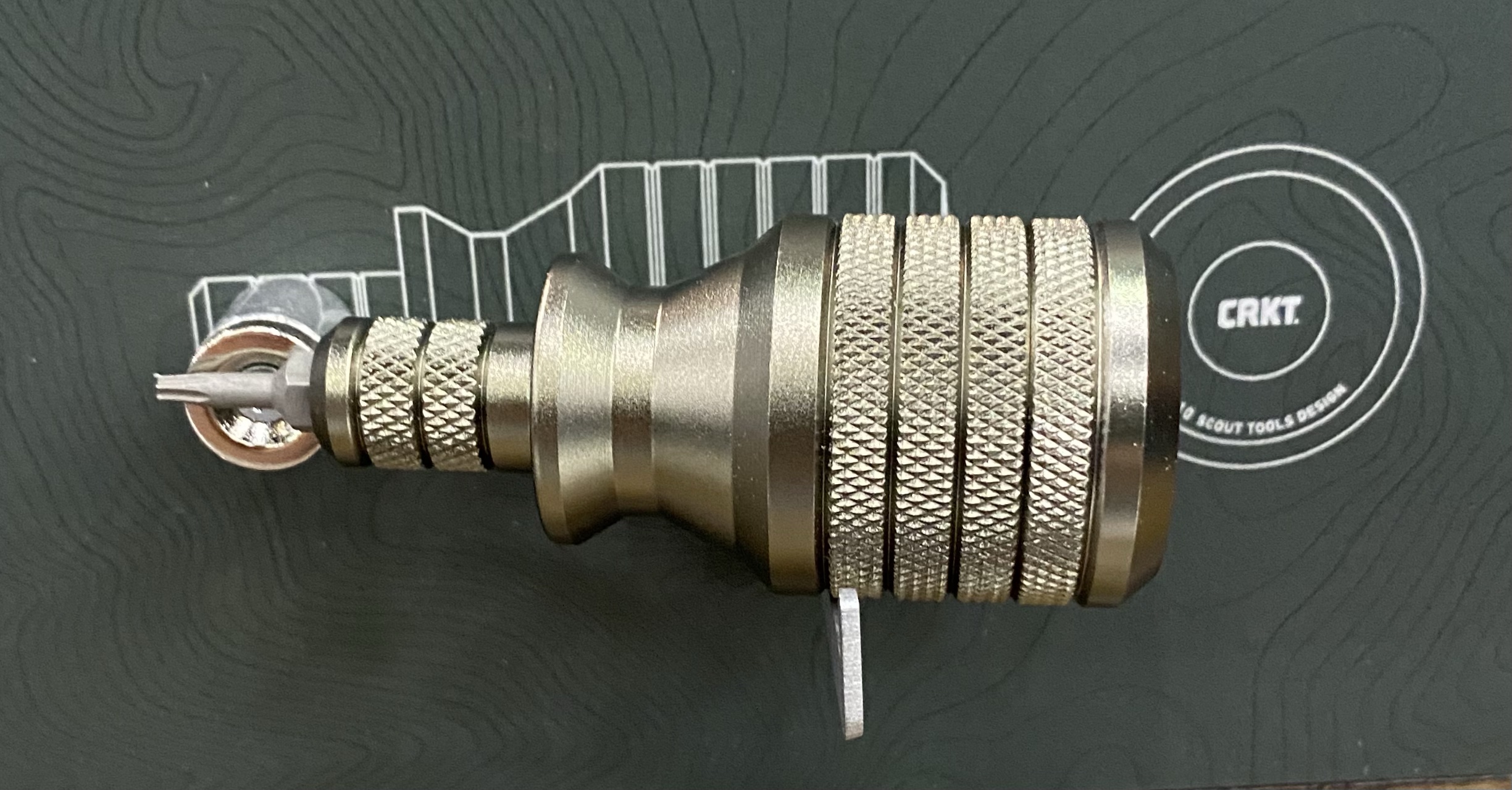
Made from aluminum, it is Type III anodized and utilizes a magnet kn the driver tip to secure the bit.
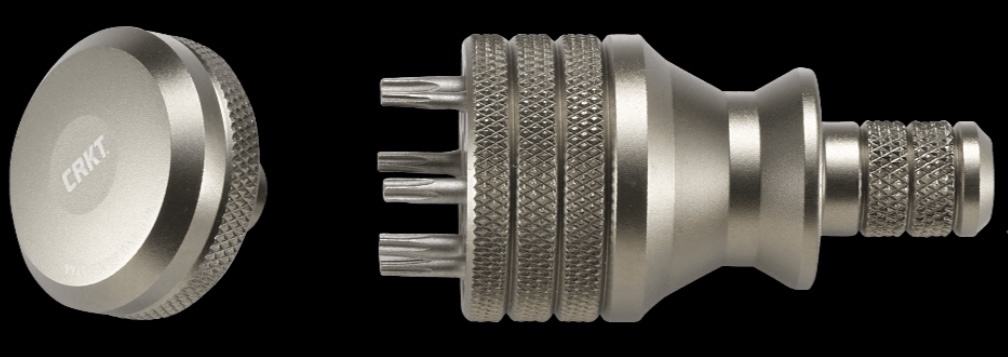
It holds up to six bits and ships with T6, T7, T8, T9, T10, and T15.
www.crkt.com/6-bit-driver-tool
Mover over Pocket Fisherman, the new Exotac xREEL is a compact, handline fishing kit.
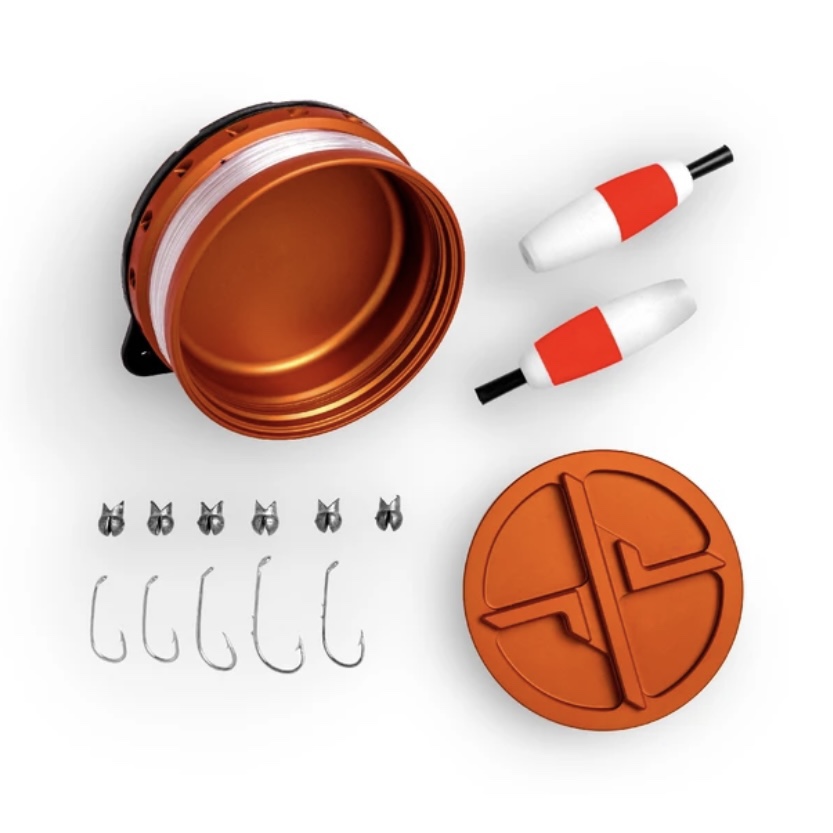
The aluminum construction features an O-ring sealed, screw tight compartment for your tackle (equipped with 6 hooks, 6 split shot and 2 floats) and it comes with 50′ of 15-lbs test monofilament line rolled around the outer perimeter which also features hook parking holes. The reverse side incorporates a Flexible TPE Finger Strap.
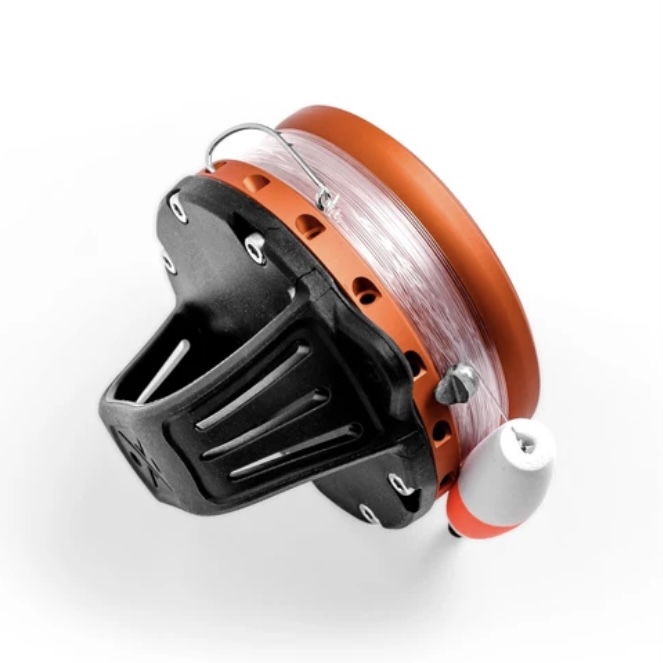
Offered in anodized Blaze Orange, Black, Gunmetal, and Olive Drab.
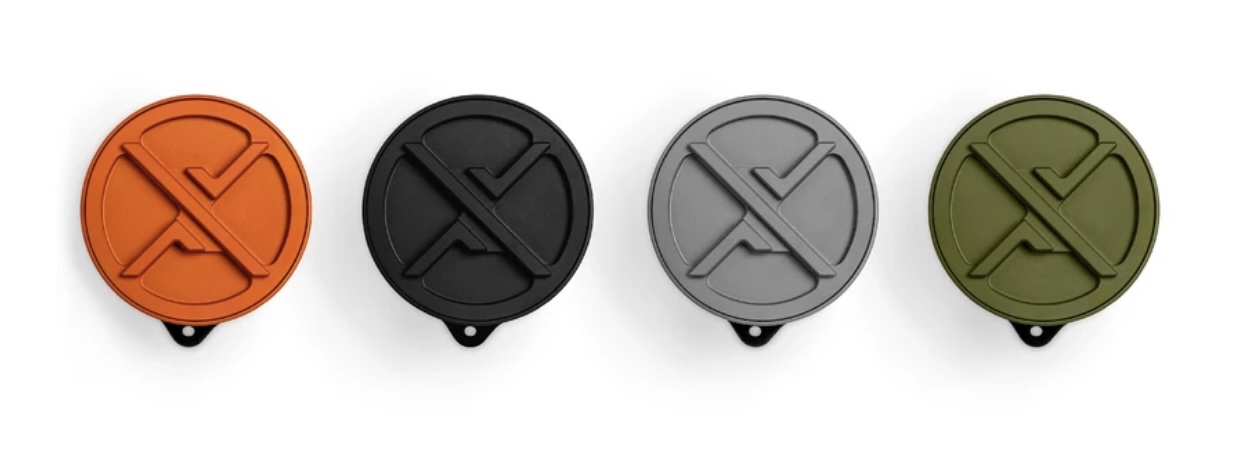
Mansfield, TX: The thermoregulation, hydration and human performance experts at Qore Performance, Inc., announced an all-new retail partnership with precision weapons systems experts Triarc Systems. Effective immediately, Triarc Systems has the complete Qore Performance lineup of thermoregulation and performance enhancement technologies on display and ready for purchase at their retail showroom in Mansfield, TX. Triarc Systems is currently displaying the complete Military/Law Enforcement product line, with the Safety/Devices product line coming soon.
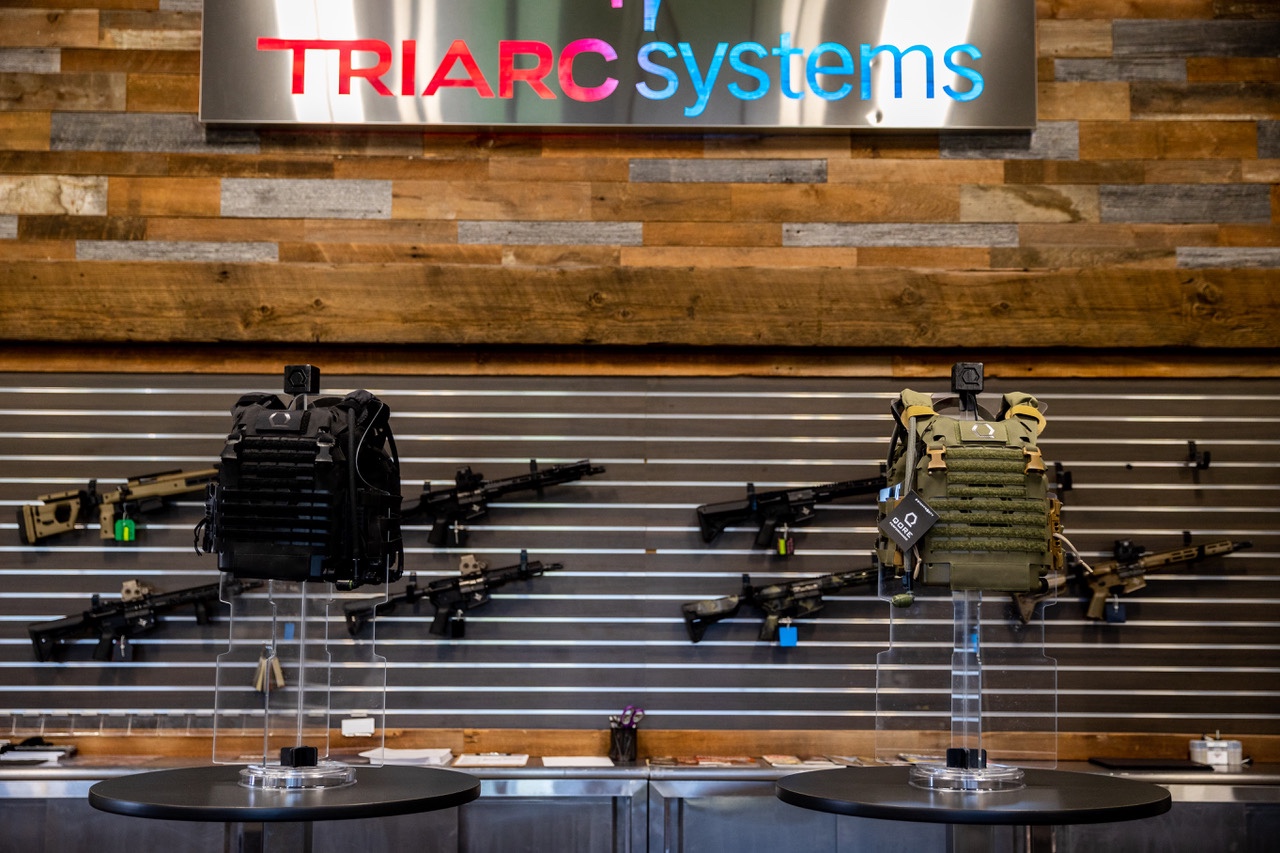
IcePlate EXO (ICE) and IcePlate Curve review
Collectively referred to as the IceAge Ecosystem, the Qore Performance line of novel thermoregulation and performance enhancement technologies are used by dozens of America’s premier institutions and freedom fighters all across the globe.
Since launch in 2017, the IceAge Ecosystem, anchored by IcePlate Classic and IcePlate Curve, have a perfect operational safety record with more than 2.5 million hours worked without a single minute lost to a heat injury. In addition to military and law enforcement customers across the country, Qore Performance counts companies such as Dutch Bros Coffee, Raising Canes, Bo Jangles, Whataburger, Charlotte Area Transit System, and Boeing in its list of prestigious enterprise customers.
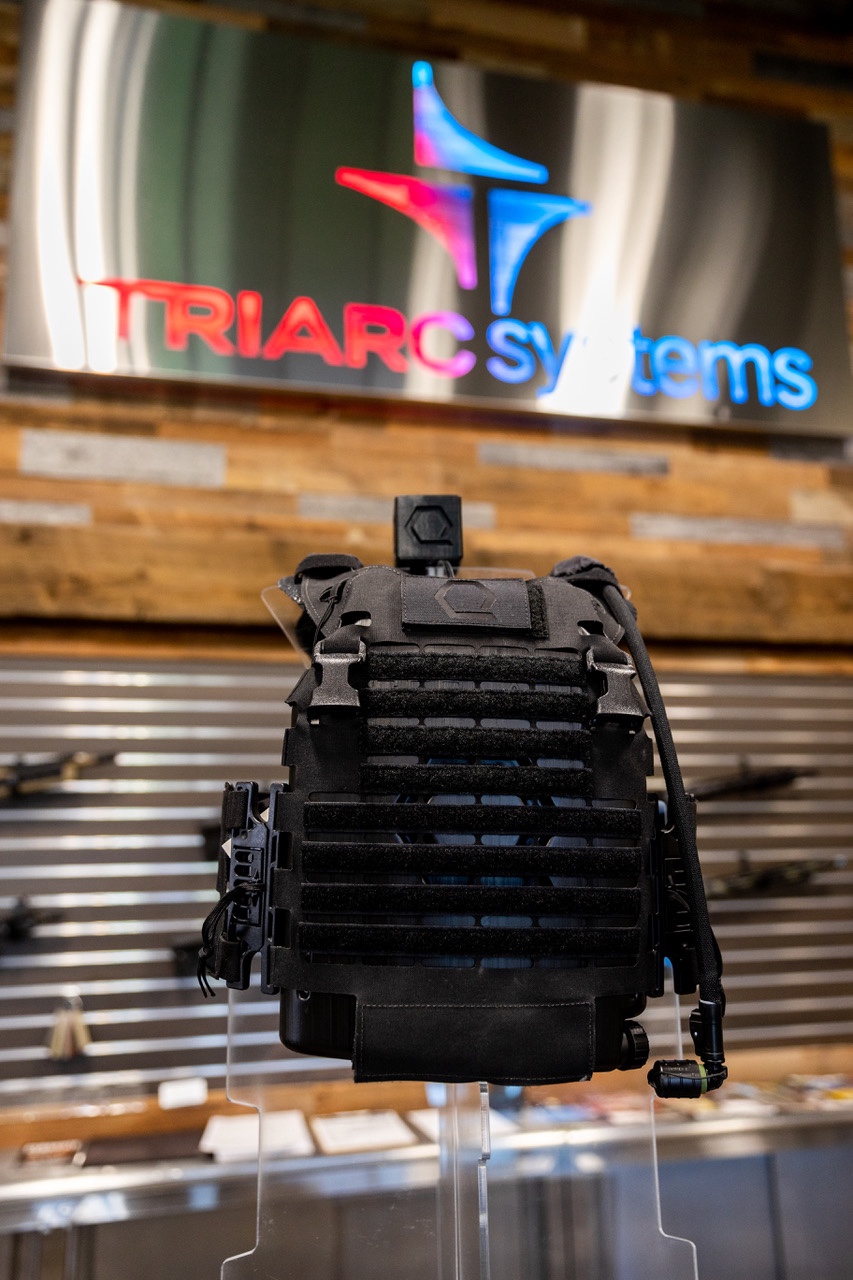
“Chris and his team at Triarc Systems are the perfect partner to showcase our unique and cutting-edge IceAge Ecosystem,” said Justin Li, Qore Performance Co-Founder and CEO, “we are extremely selective about our retail partnerships and most companies don’t qualify, but Triarc Systems is a perfect fit because our companies share a foundational value system and are both on a mission to create decisive competitive advantages for our end-users in places and ways overlooked by others. We couldn’t imagine trusting anyone else with our brand as the first retail showroom partner in the Great State of Texas for all of our customers: military, law enforcement, safety and devices.”
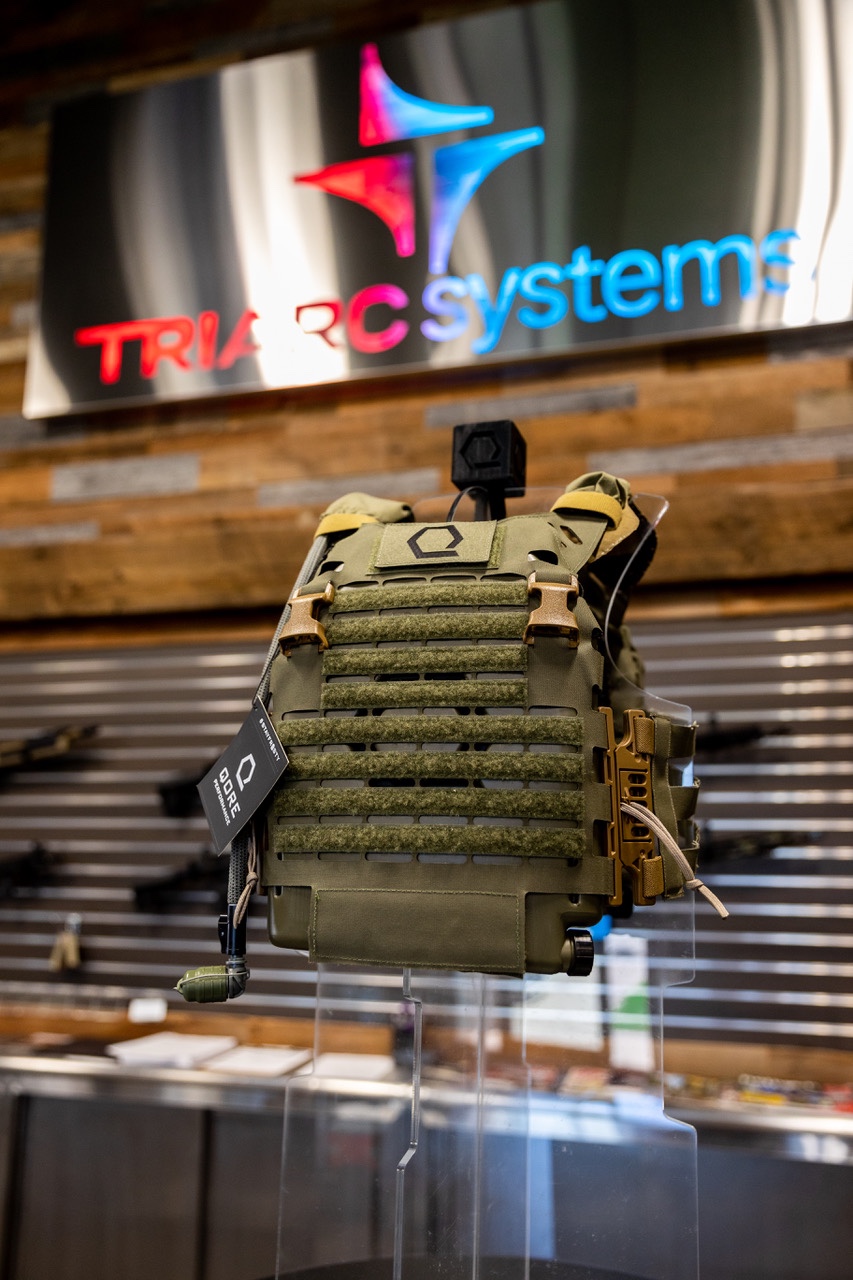
The Qore Performance IceAge Ecosystem is on display and available now at the Triarc Systems Showroom in Mansfield, TX and on the Triarc Systems website.
For Sales inquiries, contact:
Doug Burr, Director of Sales and Business Development
22311 Shaw Rd, STE A2
Sterling, VA 20166
P 703.755.0724
Email
2500 U.S. 287 Frontage Rd
Mansfield, TX 76063 USA
P 817.969.5410
Email